Why should Forest Department Ban on Conocarpus Plant Necessary?
In recent times, discussions about environmental conservation have gained significant momentum. One topic that often surfaces in these conversations is the ban on the Conocarpus plant. But why is the ban on Conocarpus plant necessary? This article delves deep into the subject, providing insights, facts, and answers to your burning questions.

Table of Contents
What is the Conocarpus tree?
Two species of flowering plants belong to the genus Conocarpus, which is part of the Combretaceae family. In 1988, the conocarpus tree was introduced to Kuwait for use in the nation’s many greening initiatives. Conocarpus trees have demonstrated their resilience to environmental variables in arid regions. This tree grows more quickly than many other species of trees that are known to exist. Additionally, Conocarpus trees are well known for their year-round dark green leaves that can survive adverse weather conditions including extreme heat and cold. Its growth is more revivified in hot summer temperatures and withstands cold winter temperatures in addition to tolerating various soil types, from sandy to clay.
All parts of Kuwait have a lot of conocarpus. Depending on how it is planted and maintained, it has both advantages and problems for the nation. This essay will outline the benefits and drawbacks of growing Conocarpus in Kuwait.

Why is the Ban on Conocarpus Plant Important?
“Research reports have highlighted adverse impacts/ disadvantages of this species on environment and human health… Trees of this species flower in winter and spread pollen in nearby areas. It is learnt that this is causing diseases like cold, cough, asthma, allergy etc,”.The Conocarpus plant has attracted considerable attention due to its invasive nature and potential harm to native ecosystems. Let’s explore the key reasons behind the ban on this plant.
Conocarpus erectus, a type of green bush that has been spreading like wildfire throughout the city for the past ten years, has been outlawed because of its negative effects on the environment and human health.
Due to their detrimental effects on the environment and public health, green plants known as Conocarpus Erectus that swept the city in the previous ten years have been outlawed.
According to Khan, the restriction on the sale and acquisition of Conocarpus Erectus plants will be severely enforced by all government departments. He noted that Conocarpus plantations on a large scale have been criticized by environmentalists, health professionals, and horticulturists on numerous occasions, warning that such plantations would have a negative impact on the general public’s environmental and health interests.

According to Khan, the district administrations will oversee all upcoming tree-planting initiatives. They will plant saplings like neem, lignum, ashoka, babul, gulmohar, and cypress that are thought to be the most hospitable, appropriate, and conducive to Karachi’s environment.
The commissioner also said that cutting down trees is now a punishable offense with jail time and fines for offenders. He urged Karachi residents to actively participate in the Green Karachi movement. He gave the six district municipal corporations orders to plant at least 10,000 trees in each of their jurisdictions.
Naeem Qureshi, president of the National Forum for Environment and Health (NFEH), announced during the meeting that 40 institutions and organizations from the public and private sectors, including the Karachi Development Authority, DHA, cantonment boards, Karachi Chamber of Commerce and Industry, Federation of Pakistan Chambers of Commerce and Industry, Site, ports and airport authorities, had expressed their commitment to participate in the soon-to-be-launched tree planting campaign. NFEH will plant 40,000 tree saplings on its own and hold training sessions.
The Invasive Nature of Conocarpus Plant
One of the primary reasons for the ban on Conocarpus plant is its invasive nature. This plant species, originally from a different region, has spread rapidly in new environments, outcompeting native flora.
Impact on Native Ecosystems
The unchecked growth of Conocarpus plant poses a serious threat to native ecosystems. It competes for resources like sunlight, water, and nutrients, often overshadowing and depleting native plants.
Disruption of Biodiversity
Biodiversity is essential for a healthy ecosystem, but the Conocarpus plant disrupts this delicate balance. By crowding out native species, it reduces the diversity of plant life, affecting insects, birds, and other wildlife that depend on these plants.
Soil Erosion
Conocarpus plant’s shallow root system contributes to soil erosion. When it colonizes an area, it destabilizes the soil, making it more susceptible to erosion, which can have detrimental consequences for the environment.

Why is the Ban on Conocarpus Plant Essential?
The notification states that roots of the conocarpus tree penetrate deep into the ground and extend horizontally. On several occasions, it has come to the notice of the authorities that their roots damage underground electricity cables, communication lines, drainage lines and drinking water pipes.
The ban on Conocarpus plant is essential to protect our native ecosystems, preserve biodiversity, and prevent soil erosion. By taking action against this invasive species, we safeguard the well-being of our environment.
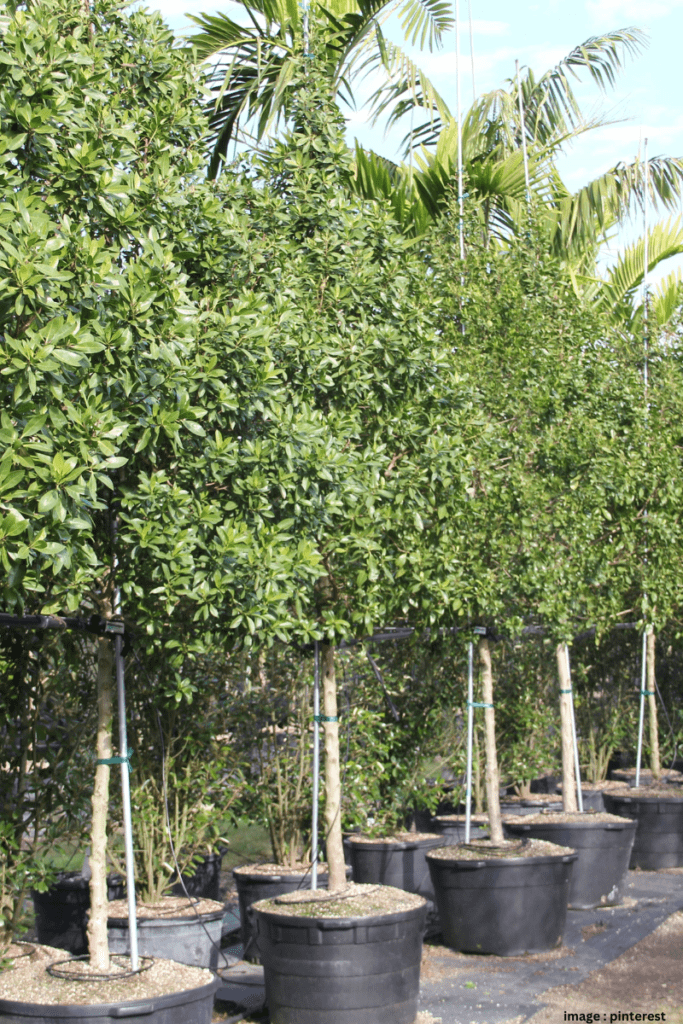
Environmental Conservation Efforts
Efforts to control and eradicate the Conocarpus plant have been ongoing for years. Various methods, including chemical treatments and manual removal, have been employed to curb its spread.
Challenges in Eradication
Eradicating the Conocarpus plant is challenging due to its ability to regenerate from small root fragments. This resilience makes it a formidable foe in conservation efforts.
Collaborative Initiatives
Conservationists and environmental organizations worldwide are collaborating to combat the spread of Conocarpus plant. Public awareness campaigns and community involvement play a crucial role in these initiatives.

Why should Forest Department Ban on Conocarpus Plant Necessary? | FAQs
Q: Why Conocarpus banned in India?
A : The notification states that roots of the conocarpus tree penetrate deep into the ground and extend horizontally. On several occasions, it has come to the notice of the authorities that their roots damage underground electricity cables, communication lines, drainage lines and drinking water pipes
Q: What is the alternative to Conocarpus?
A : As opposed to the alien Conocarpus, Neem is an indigenous shade tree that is capable of existing in harmony with the urban life. The tree also produces a popular herb, widely used in medicines and for skin treatment, making it a useful plant.
Q: What is the alternative to Conocarpus?
A : As opposed to the alien Conocarpus, Neem is an indigenous shade tree that is capable of existing in harmony with the urban life. The tree also produces a popular herb, widely used in medicines and for skin treatment, making it a useful plant.
Q: What variety is Conocarpus erectus?
A : Uncommon in the wild, the silver buttonwood (Conocarpus erectus var. sericeus) is so popular in cultivation for its soothing silvery foliage, that the green-leaved variety of this species (Conocarpus erectus var. erectus) has come to be called ‘green buttonwood’ to differentiate it from the silver variety!
Q: Can the spread of Conocarpus plant be controlled?
A : While challenging, efforts are being made to control the spread of Kononcarpus plant through various conservation initiatives.
Q: What can individuals do to help?
A : Individuals can contribute by staying informed about invasive species, participating in conservation efforts, and reporting sightings of Conocarpus plant.
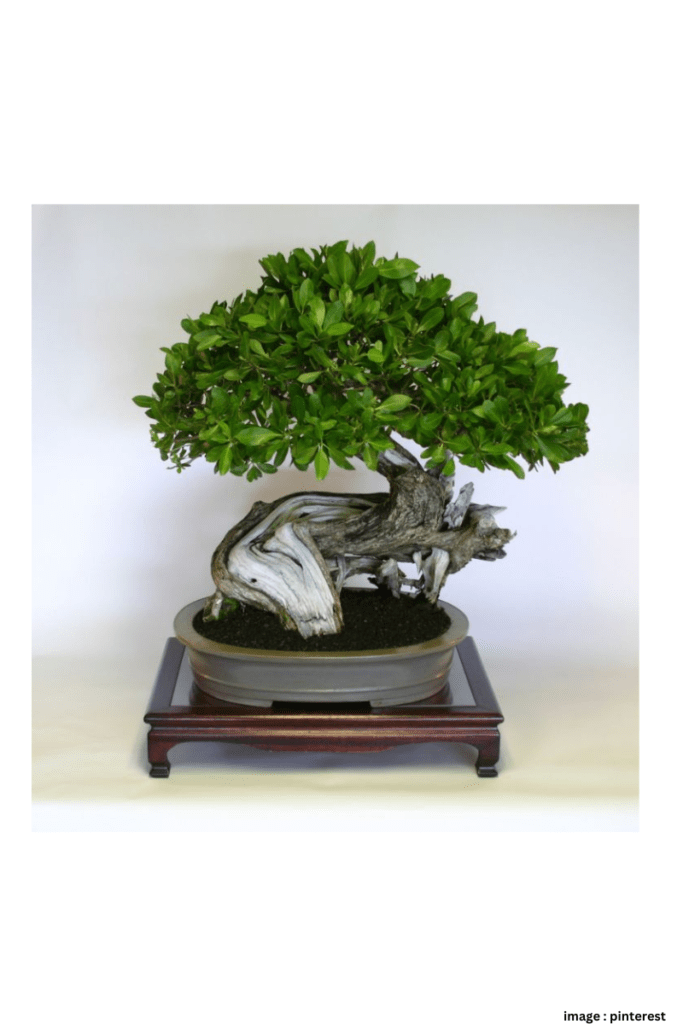
Why should Forest Department Ban on Conocarpus Plant Necessary? | Conclusion
In conclusion, the ban on Conocarpus plant is a necessary step to protect our environment from its invasive and harmful effects. Conservation efforts and community involvement are key to mitigating the damage caused by this invasive species. By understanding the reasons behind the ban, we can collectively work towards a healthier and more balanced ecosystem.
About The Author

Pruthvirajsinh
THE WAY YOU NEED IT
Connect with us
Recent Posts
- Decorate Your Home Space With Artificial Grass In 2023
- #1 Top 5 Creative Festive Garden Decor Ideas
- #1 The Most Easy Way to Protect Your Plants From Frost In USA
- #1 BEST TULSI REDUCES ACTIVE ACNE IN 2023
- #1 Best 7 indoor plants that people with amazing-smelling homes use to scent their spaces naturally
Information
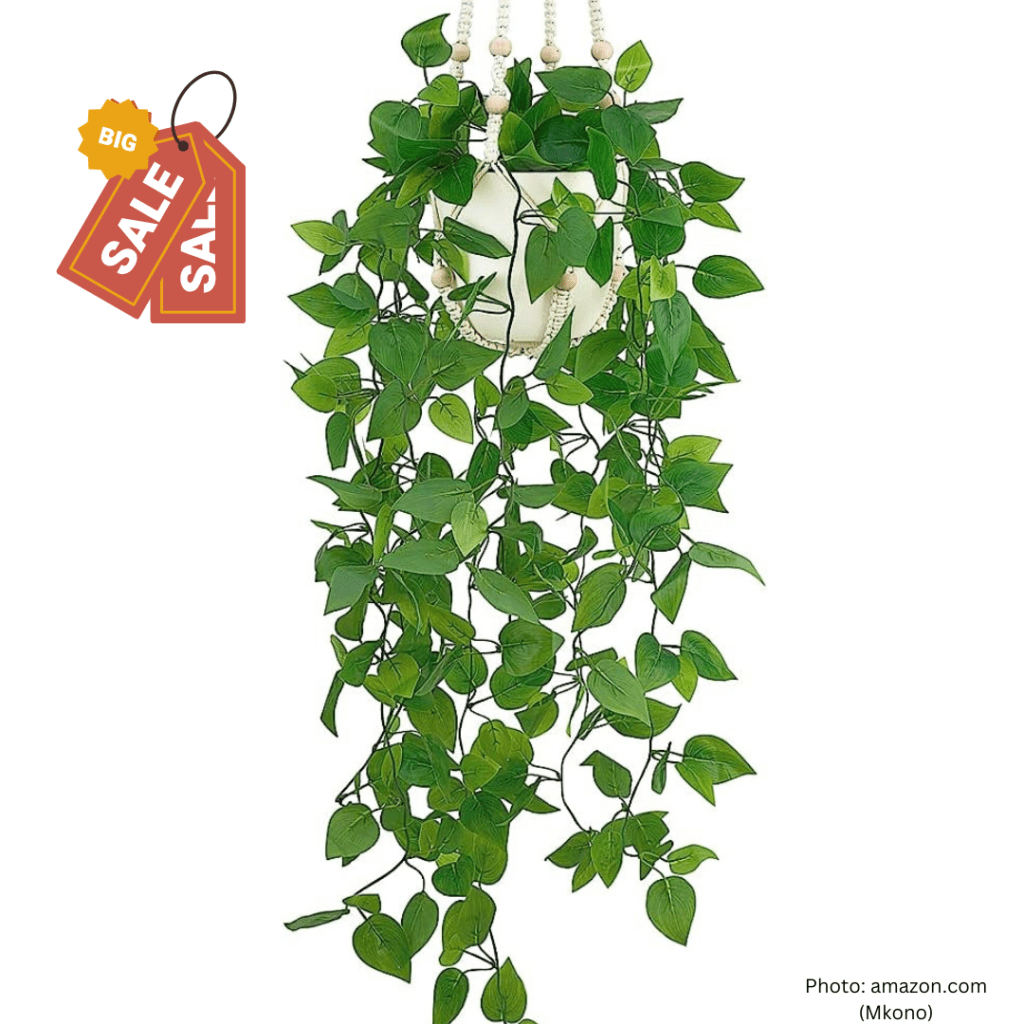
Mkono Fake Hanging Plant with Pot, Artificial Plants for Home Decor
Mkono Macrame Plant Hanger Indoor Hanging Planter Basket with Wood Beads Decorative Flower Pot

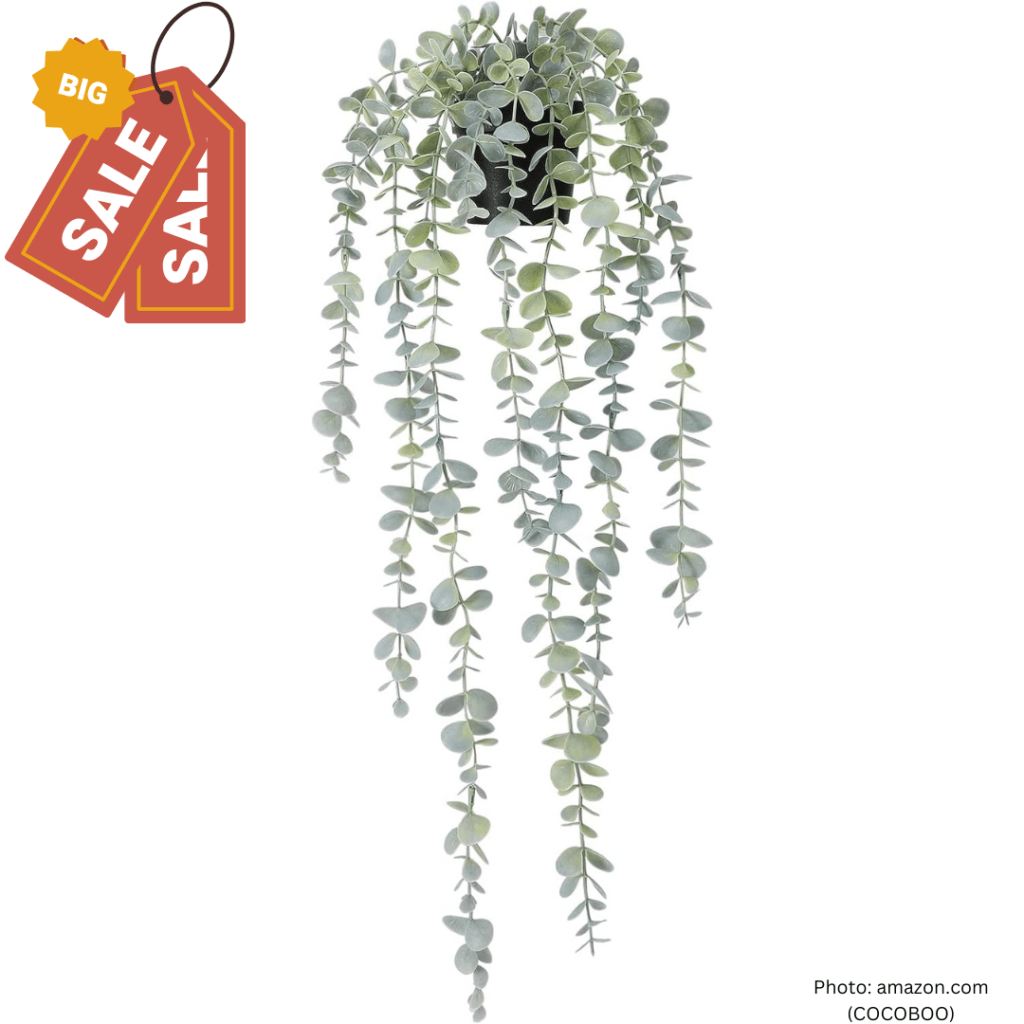
COCOBOO 1 x Artificial Hanging Plants Artificial Eucalyptus Plant Hanging Plant

Umbra Triflora Hanging Planter for Window, Indoor Herb Garden, White/Black, Triple

Artificial Areca Palm Plant 5 Feet Fake Palm Tree with 13 Leaves Faux Yellow Palm in Pot for Indoor Outdoor House
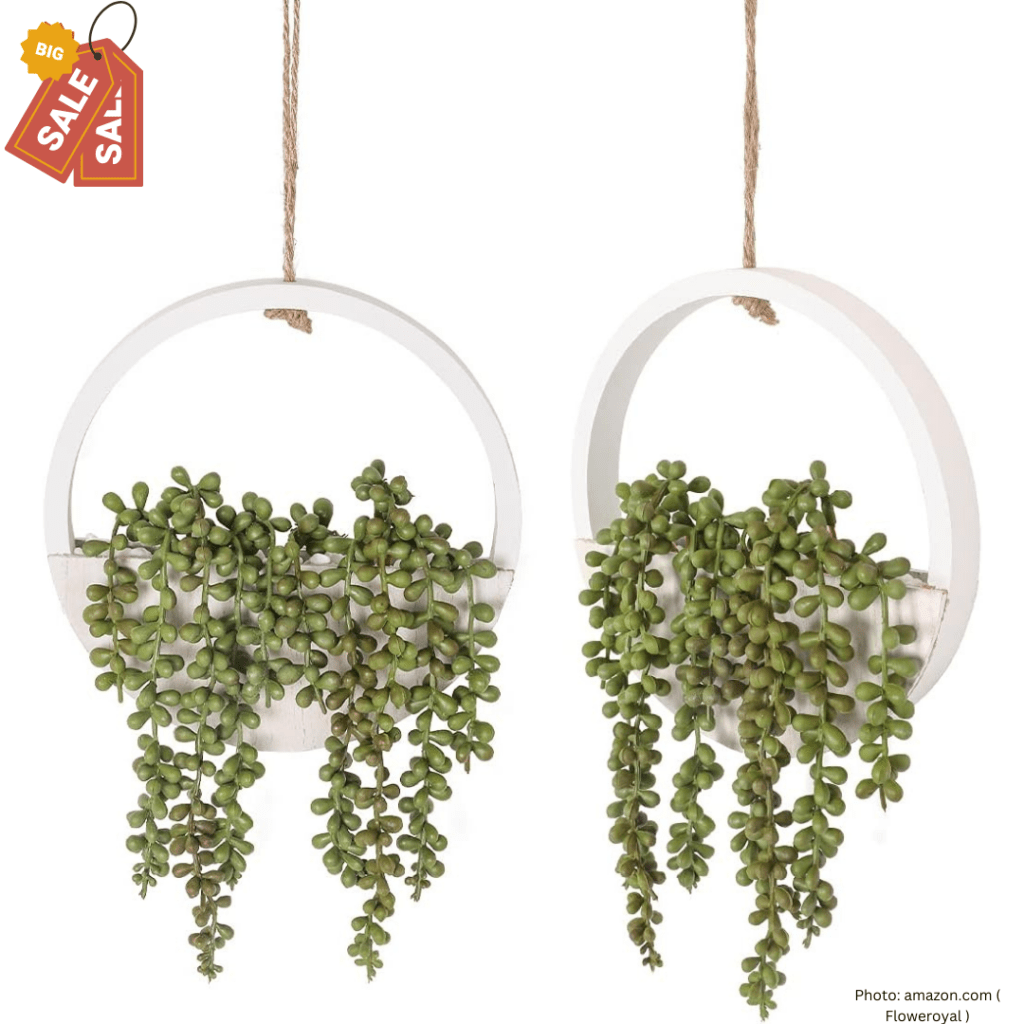
2pcs Artificial Succulents Hanging Plants 12.2” Fake String of Pearls in Pot

Whonline Artificial Hanging Plants Small Fake Potted Plants

Artificial Succulents Hanging Plants, Fake String of Pearls Plants in White Ceramic, Set of 2
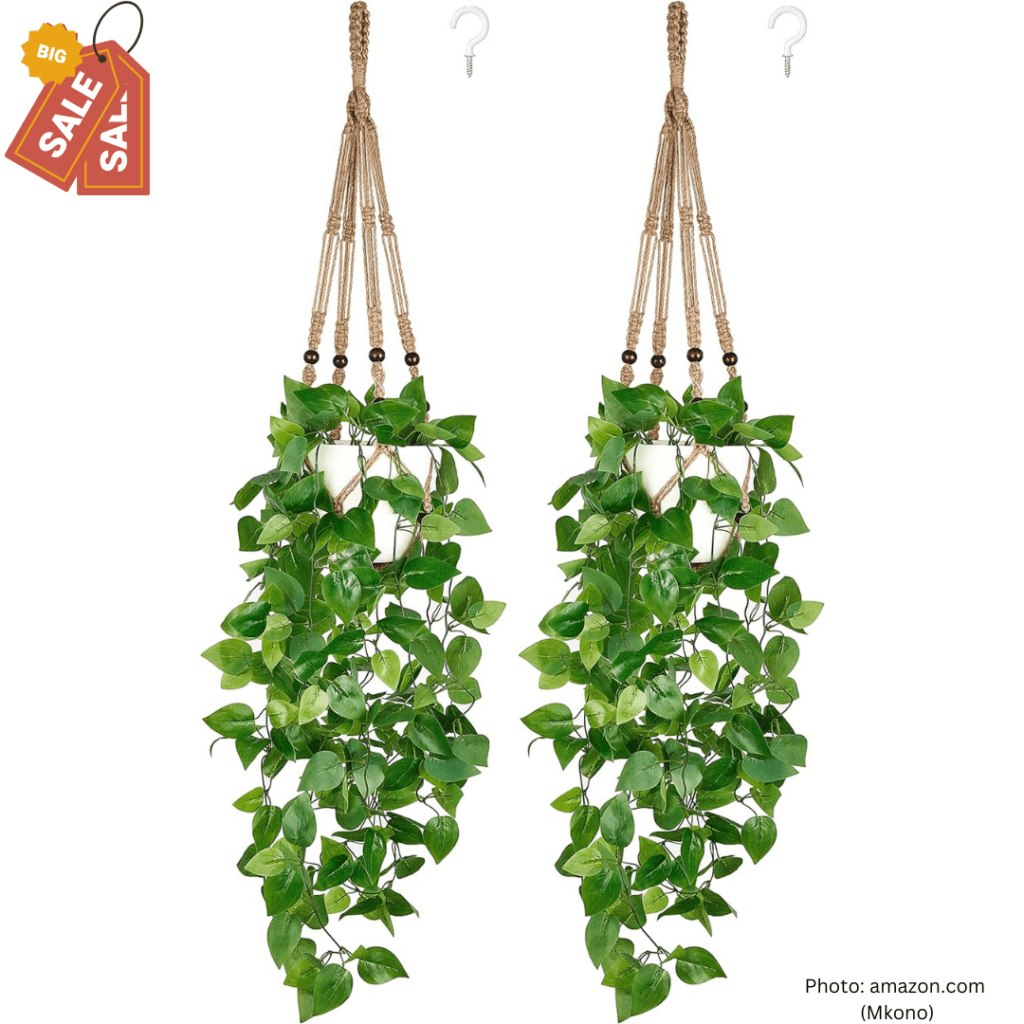
Mkono 2 Packs Fake Hanging Plant with Pot, Artificial Plants for Home Decor

Plant Stand 5 Tier Indoor Metal Flower Shelf for Multiple Plants Corner Tall Flower Holders

Decorate Your Home Space With Artificial Grass In 2023

#1 Top 5 Creative Festive Garden Decor Ideas
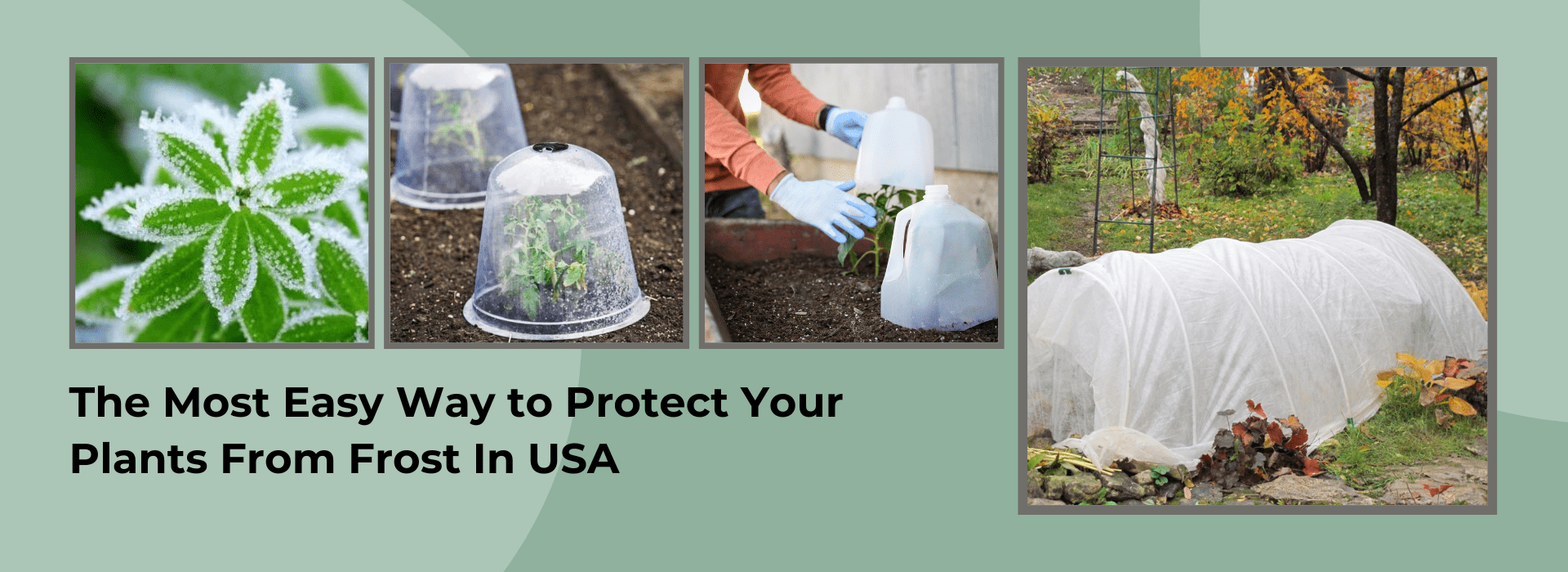
#1 The Most Easy Way to Protect Your Plants From Frost In USA
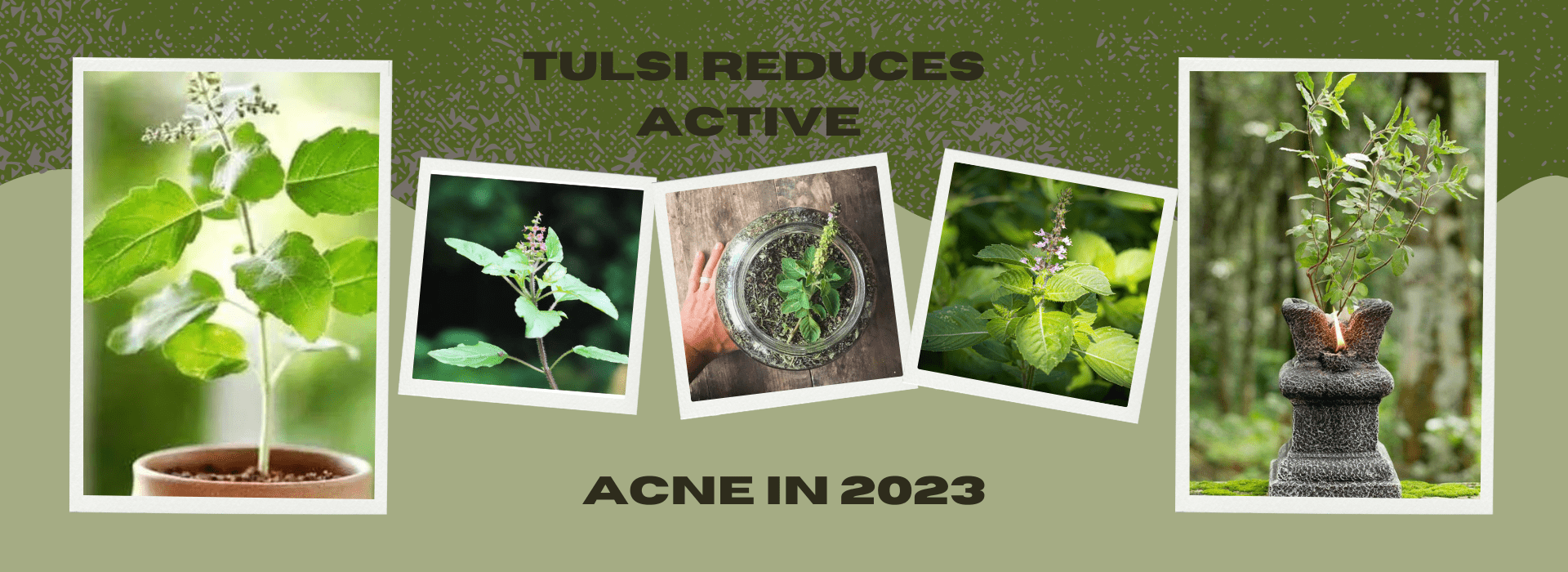
#1 BEST TULSI REDUCES ACTIVE ACNE IN 2023

#1 Best 7 indoor plants that people with amazing-smelling homes use to scent their spaces naturally
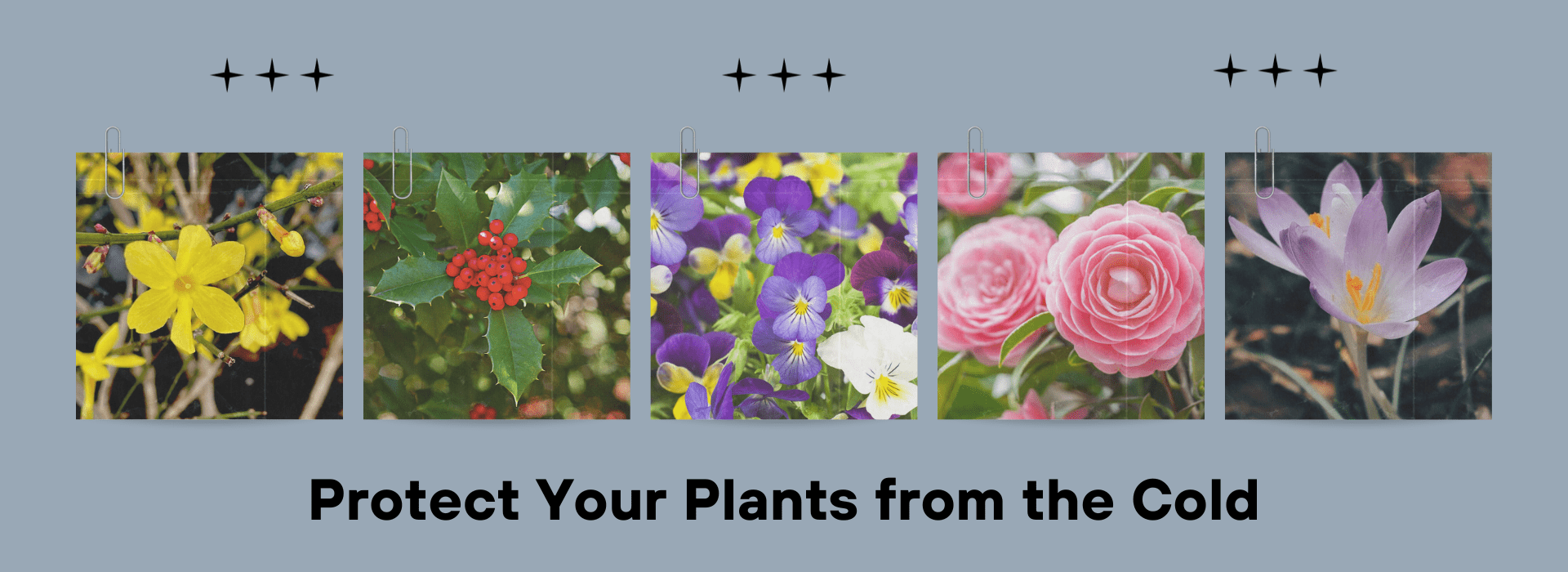

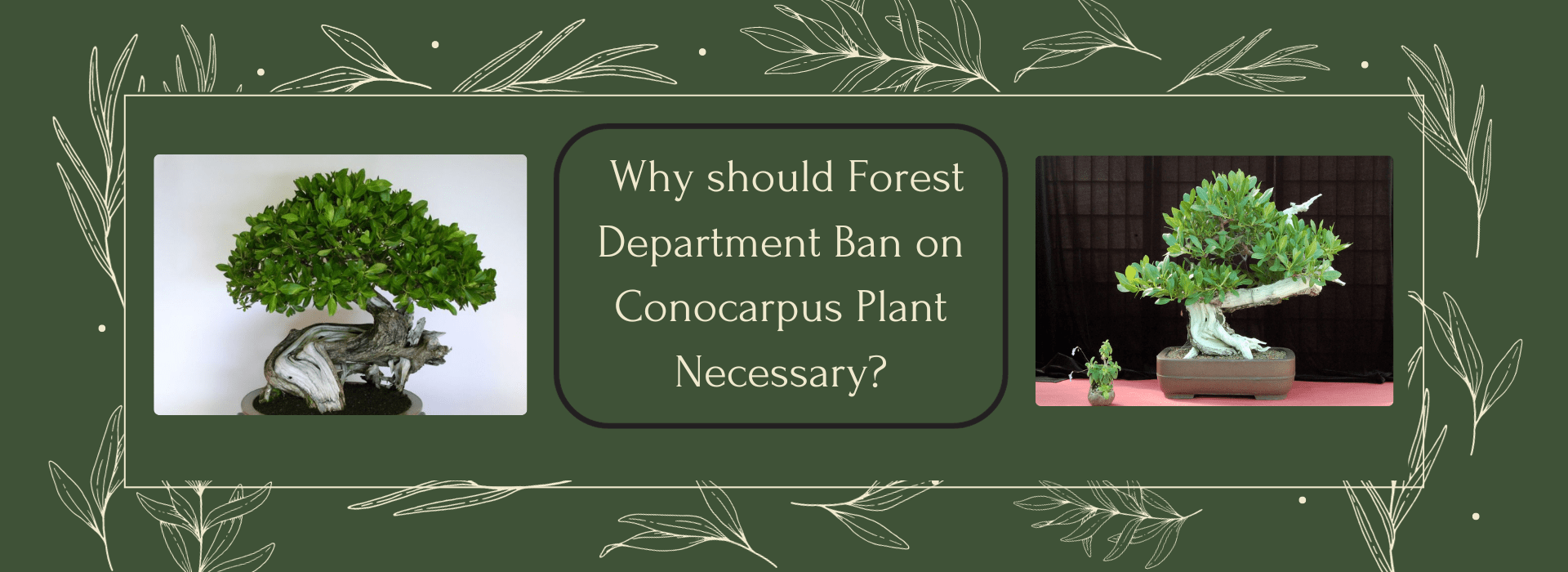




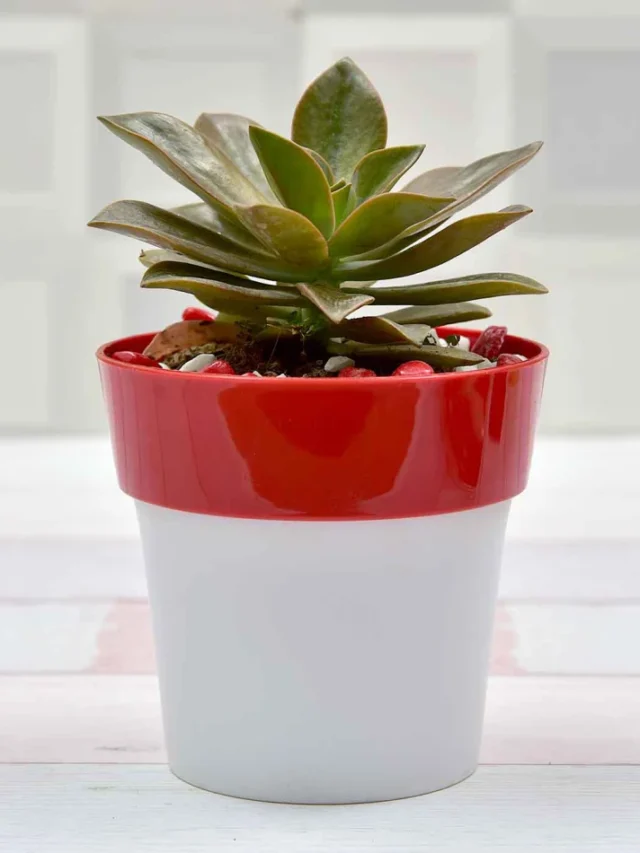

Recent Comments